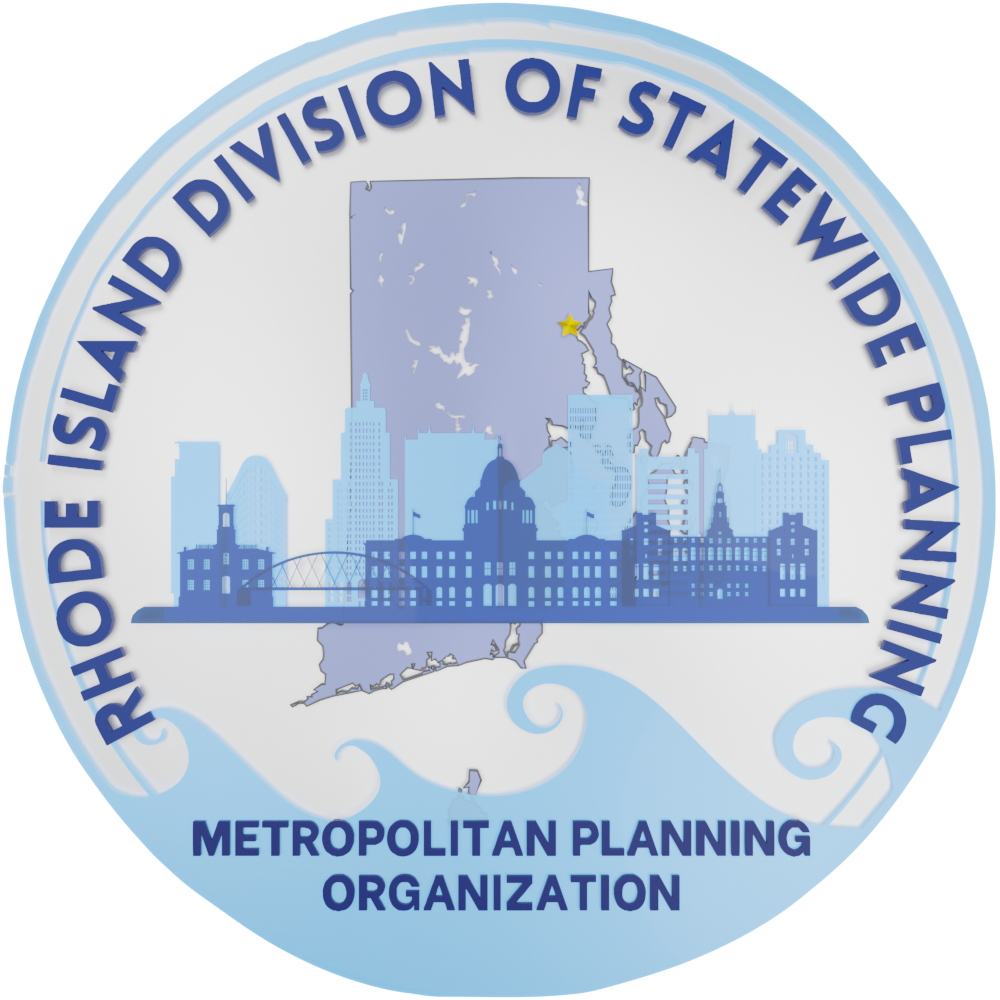Transit Safety
What Do We Measure?
Through the Public Transportation Agency Safety Plan (PTASP) rule, FTA requires transit agencies to implement a Safety Management System to manage safety risk, which can help agencies maintain or improve their safety performance.
Transit agencies are required to develop Transit Agency Safety Plans (TASP) that establish performance targets based on the four measures included in FTA’s National Transit Public Safety Plan (NTPSP). The four measures are Fatalities, Injuries, Safety Events, and System Reliability. Transit agencies are required to report their targets and performance to the state DOT and the MPO in order to prioritize funding to improve transit safety performance.
The transit safety performance measure requires that transit providers set annual targets for the number of fatalities that occur on each mode of transit that the agency operates, excluding deaths that result from trespassing, suicide, or natural causes. The NTPSP defines the modes as rail, fixed guideway bus service, and non-fixed route bus service. Fatalities are required to be calculated for both the total number of fatalities and the fatality rate per vehicle revenue mile (VRM).
Specific targets are set for:
- Total fatalities, by mode, across the transit agency’s system.
- The rate of fatalities, by mode, per vehicle revenue mile operated by the transit agency.
The PTASP requires that transit agencies set annual targets for the number of injuries that occur on each mode of transit that the agency operates. Injuries are defined as “harm to person that requires immediate medical attention away from the scene.” Injuries are required to be calculated for both the total number of injuries and the injury rate per vehicle revenue mile for each of the modes that the agency operates.
Specific targets are set for:
- Total injuries, by mode, across the transit agency’s system.
- The rate of injuries, by mode, per vehicle revenue mile operated by the transit agency.
Transit providers are required to set annual targets for the number and rate of safety events, by mode, that occur across the transit agency’s system. A safety event is defined by FTA as a “collision, derailment, fire, hazardous material spill, or evacuation.” Safety events are required to be calculated for both the total number of events and the event rate per vehicle revenue mile for each of the modes that the agency operates.
Specific targets are set for:
- Total safety events, by mode, across the transit agency’s system.
- The rate of safety events, by mode, per vehicle revenue mile operated by the transit agency.
Transit providers are required to set annual targets for the agency’s system reliability for each mode of transit that the agency operates. In RIPTA’s case, only buses are operated. The system reliability performance measure accounts for major mechanical failings of a vehicle that prevent the vehicle from starting or completing a scheduled trip. Mechanical failings and interrupted trips can create hazardous conditions for the transit operators and passengers depending on the location of the service interruption and if passengers are required to de-board in unsafe locations.
Specific targets are set for:
The miles traveled between major mechanical failures calculated for each mode that the transit agency operates.
What Are the Targets?
The Rhode Island State Planning Council /MPO agrees to be consistent with RIPTA’s targets for transit safety and supports the transit operators’ efforts at achieving those targets. State DOTs and MPOs are required to support transit safety performance targets in coordination with the transit agencies and identify those targets in transportation planning documents. The state DOTs and MPOs are required to identify how funds are being spent to meet and support these safety targets.

Note on Other Transit Operations:
Rhode Island is served by two passenger rail services – the Massachusetts Bay Transportation Authority (MBTA) and Amtrak operating on 50 miles of passenger rail in the state. The Northeast Corridor rail line in Rhode Island is owned and maintained by Amtrak. The MBTA and Amtrak manage safety performance for their respective transit operations.
How Are We Doing?
The transit safety targets were last adopted by the State Planning Council in January 2021. When RIPTA reports on its performance, it will be reported here.
